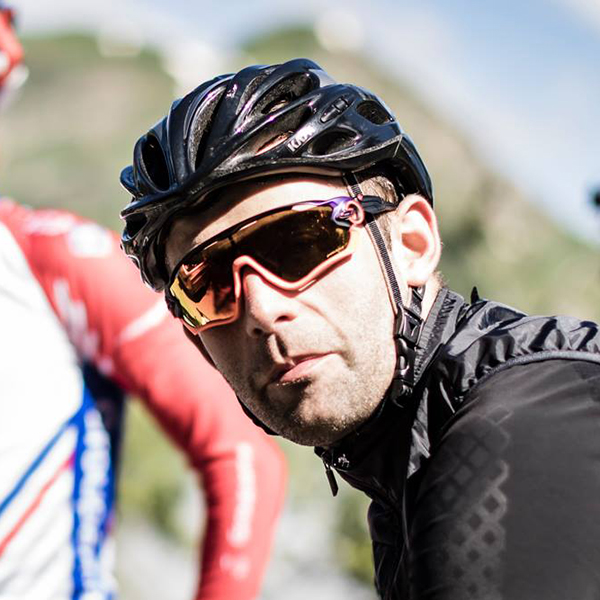The Basso Astra, the Italian brand’s flagship endurance road bike, saw an update in 2022, headlining with a more relaxed geometry and widened tyre clearances.
Such updates are commonplace in this domain these days, as the genre comes under pressure from the rise of gravel bikes.
Here, the Astra has proven itself a capable long-ride buster, with the potential to dip a toe into light gravel riding when the need arises.
That said, while the geometry and resulting position make the Astra easy to ride, there remains an element of rigidness within the frame that a couple of smart upgrades should be able to address.
Basso Astra 105 Di2 frame
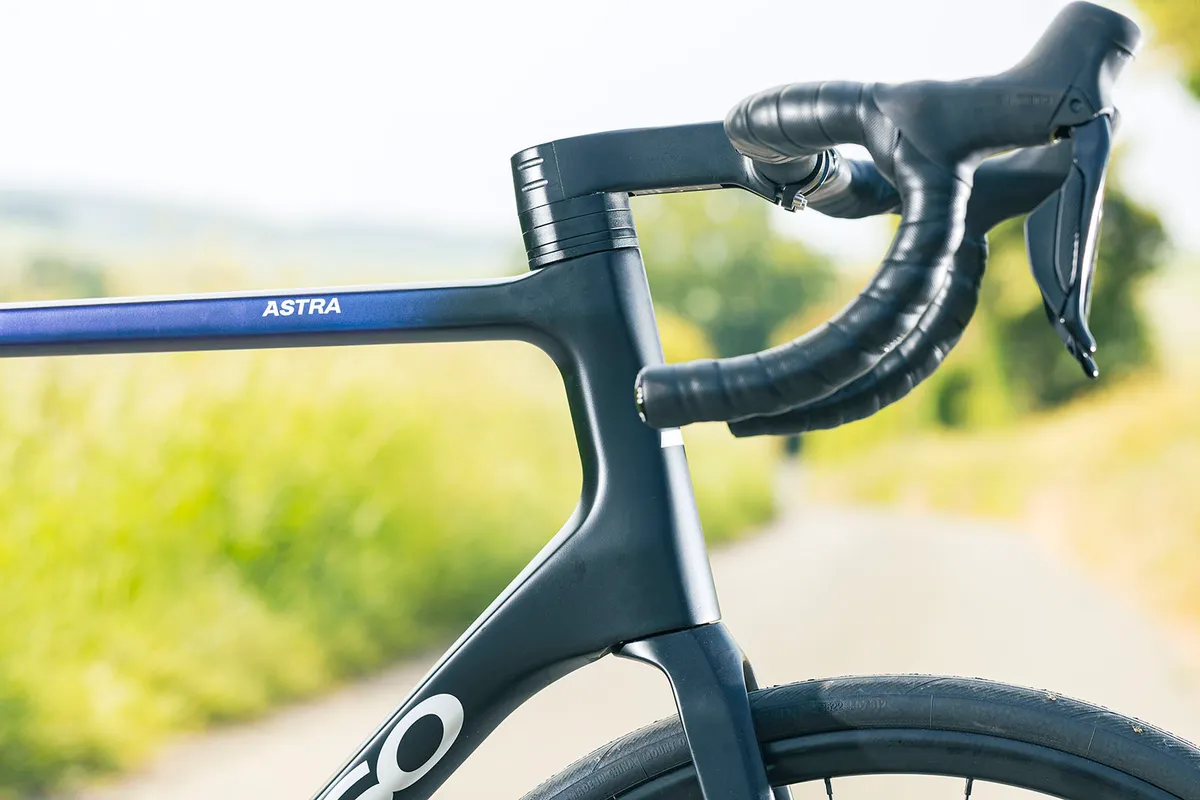
The Basso Astra frame is constructed using a blend of high-modulus MR60 and Toray T600 carbon fibre.
Basso has paired the two to create a balance of comfort and stiffness suitable for endurance bikes, only to the detriment of a small amount of weight.
Given that Basso doesn’t make an Astra with higher-spec carbon, it’s impossible to know exactly what such a machine would offer. Instead, Basso claims the frame tips the scales in the region of 980g in an unspecified size.
The general consensus is so-called lower-grade carbon also has the potential to improve comfort levels to a certain degree.
The frame leans into Basso’s preference for designing bikes with a hint of classical aesthetic. I called the brand's race bike, the Basso Diamante, "beautiful" in our 2023 Bike of the Year test – the Astra is similar in stature.
Thin fork legs and seatstays hint towards a bike shooting for a certain level of compliance, but the Astra is certainly a little more muscular than the racy Diamante.
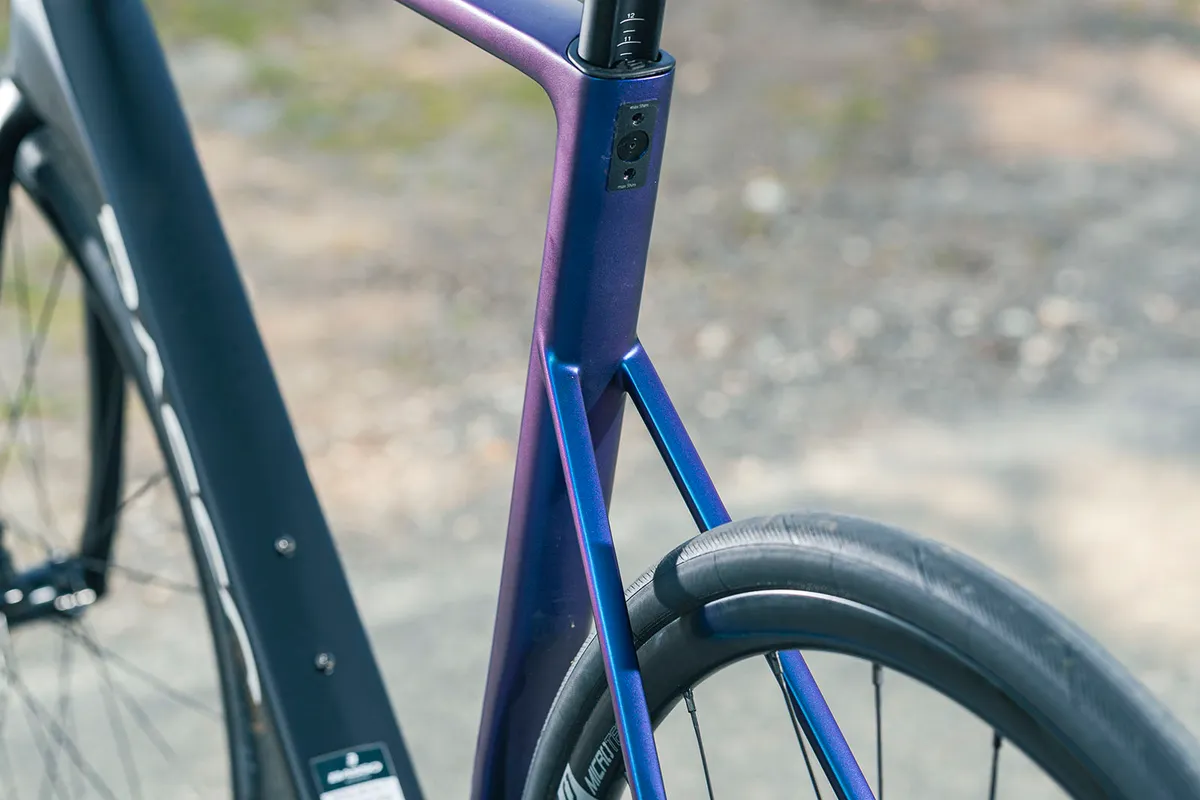
The top tube and down tube are slightly bulkier and squared-off in shape, while there’s a definite drop to the junction of seatstays and seat tube.
The design is claimed to provide a little more durability for the challenges of gravel, and Basso has also chosen to spray the frame in a ceramic nanoparticle-imbued paint, which it says is tougher than standard treatments.
There’s fully internal cable routing throughout, via Basso’s Paradigma system. The bike uses a round steerer, and oversized two-piece headset spacers create an aero profile.
At the rear, a proprietary seatpost-clamping system wedges up against the specially designed concave rearside of the seatpost. Inside, vulcanised rubber contacts are said to improve vibration damping on top of the carbon post’s qualities.
The frameset offers clearance for up to 35mm-wide tyres, and at the centre is a BB86 press-fit bottom bracket.
Basso Astra 105 Di2 geometry
The Basso Astra’s geometry has been made taller at the front, with a slightly more compact reach than its predecessor.
My size-58cm test bike has a tall 625.4mm stack and a compact 384.4mm reach.
A 73.5-degree head tube angle is common on endurance bikes of this size, albeit on the racy side of the range typically seen. Such an angle should produce sharp and direct steering.
The chainstays are at their longest (410mm) in this and the largest 61cm frame size. Basso shortens them to a compact 406mm in a size 56cm, and to 404mm for sizes 45, 48, 51 and 53cm.
In this size-58cm bike, the 73-degree seat tube angle mirrors that of the race-oriented Diamante. Such a design should pitch the rider forward over the bottom bracket and theoretically improve power transfer versus a slacker, more laid-back position (because a more forward saddle position promotes a more open hip angle).
| | 45 | 48 | 51 | 53 | 56 | 58 | 61 |
|---|---|---|---|---|---|---|---|
| Seat angle (degrees) | 76 | 75 | 75 | 74 | 73.5 | 73 | 72.5 |
| Head angle (degrees) | 71.8 | 71.8 | 72 | 72.3 | 73.5 | 73.5 | 74 |
| Chainstay (mm) | 404 | 404 | 404 | 404 | 406 | 410 | 410 |
| Seat tube (mm) | 450 | 480 | 510 | 530 | 560 | 580 | 610 |
| Top tube (mm) | 505 | 515 | 525 | 545 | 560 | 575 | 590 |
| Head tube (mm) | 125 | 125 | 150 | 162 | 180 | 204 | 228 |
| Stack (mm) | 538.9 | 538.9 | 563.4 | 575.9 | 602.4 | 625.4 | 650.4 |
| Reach (mm) | 371.1 | 371.1 | 374.5 | 380.4 | 382.1 | 384.4 | 385.5 |
| Handlebar width (mm) | 400 | 400 | 420 | 420 | 420 | 420 | 440 |
| Stem length (mm) | 90 | 90 | 100 | 110 | 110 | 120 | 120 |
Basso Astra 105 Di2 build
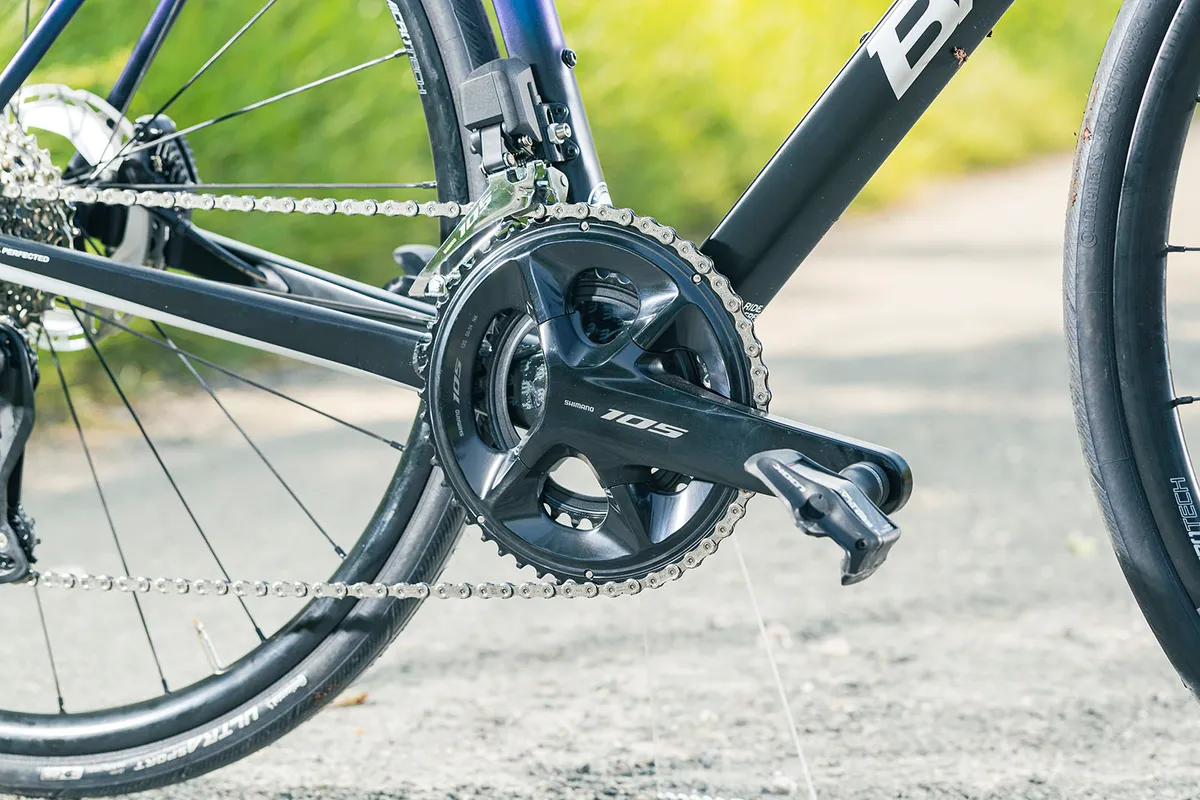
The Basso Astra 105 Di2 gets – no prizes for guessing – a Shimano 105 Di2 R7100 groupset.
The chainrings come in a compact 50/34-tooth arrangement, while Basso has specced an 11-32 tooth cassette.
The gearing is spot-on, and provides an easiest gear suitable for most riders on almost all road-going challenges. Spinning out on long descents is a possibility with the 50-11t biggest gear, but a drawback I suspect most will be willing to accept.
While 105 Di2 lacks the hood-top buttons of Ultegra Di2 R8100 or Dura-Ace Di2 R9200, and features a front derailleur with slightly slower shift times, the groupset offers the key performance where it matters on an endurance bike.
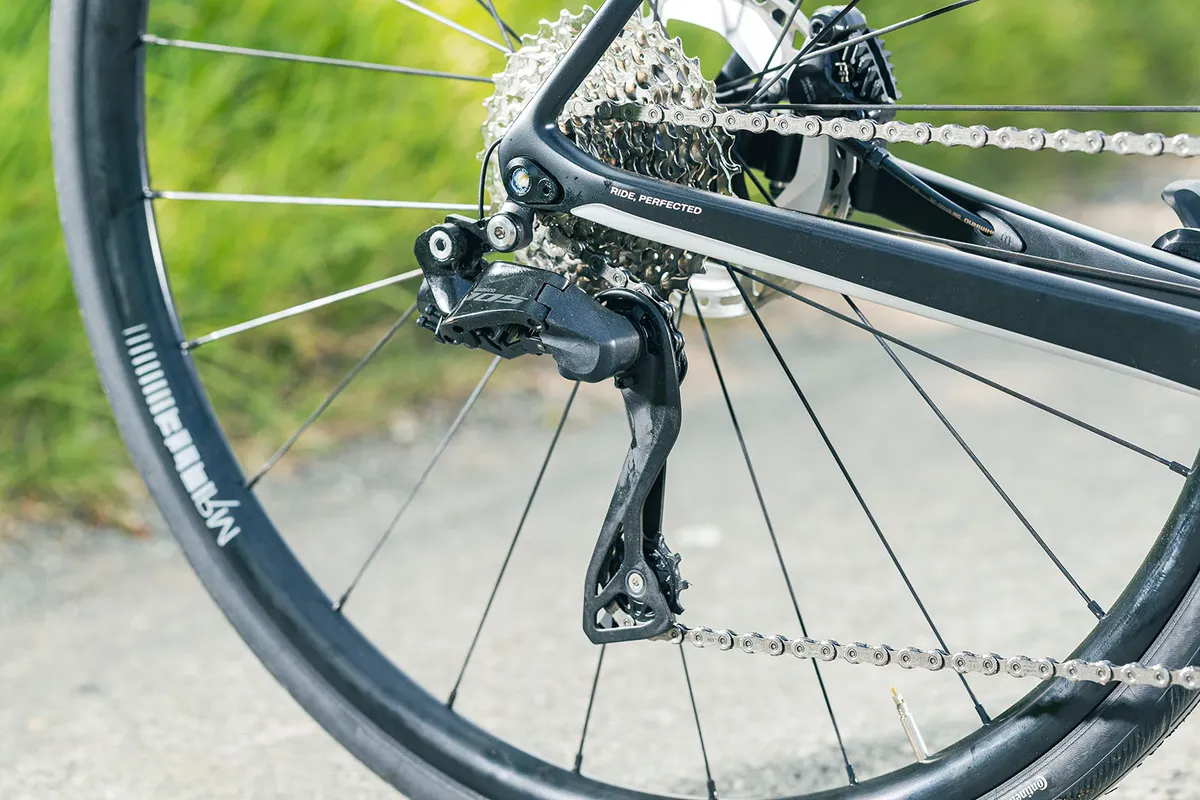
Braking is excellent, both in power and modulation. The specification here sees Ultegra-spec rotors installed (a standard bike will come with 105 rotors), but the real-world difference is almost unnoticeable between the two.
The Astra 105 Di2-spec bike is fitted with a (Basso own-brand) Microtech MR Lite alloy wheelset, 25mm deep with an 18mm internal rim diameter, and 24 Sapim stainless steel spokes per wheel. On its own, it tips the scales at a claimed 1,683g.
While some might hope for a carbon wheelset, the MR Lite wheelset didn’t overly hamper the Astra, albeit a wider rim would unlock more volume from some wider tyres.
The shallow depth doesn’t do much to improve wind-cheating ability either, but on both counts you’ll likely be looking towards a carbon upgrade to get any meaningful improvements.
The tyres are 700x28c Continental Ultra Sport models. Although a competent tyre on the whole, it doesn’t feel as fast or as supple as a Continental GP5000 – one of the best clincher tyres to upgrade to, if you're happy to stay in the Continental family.
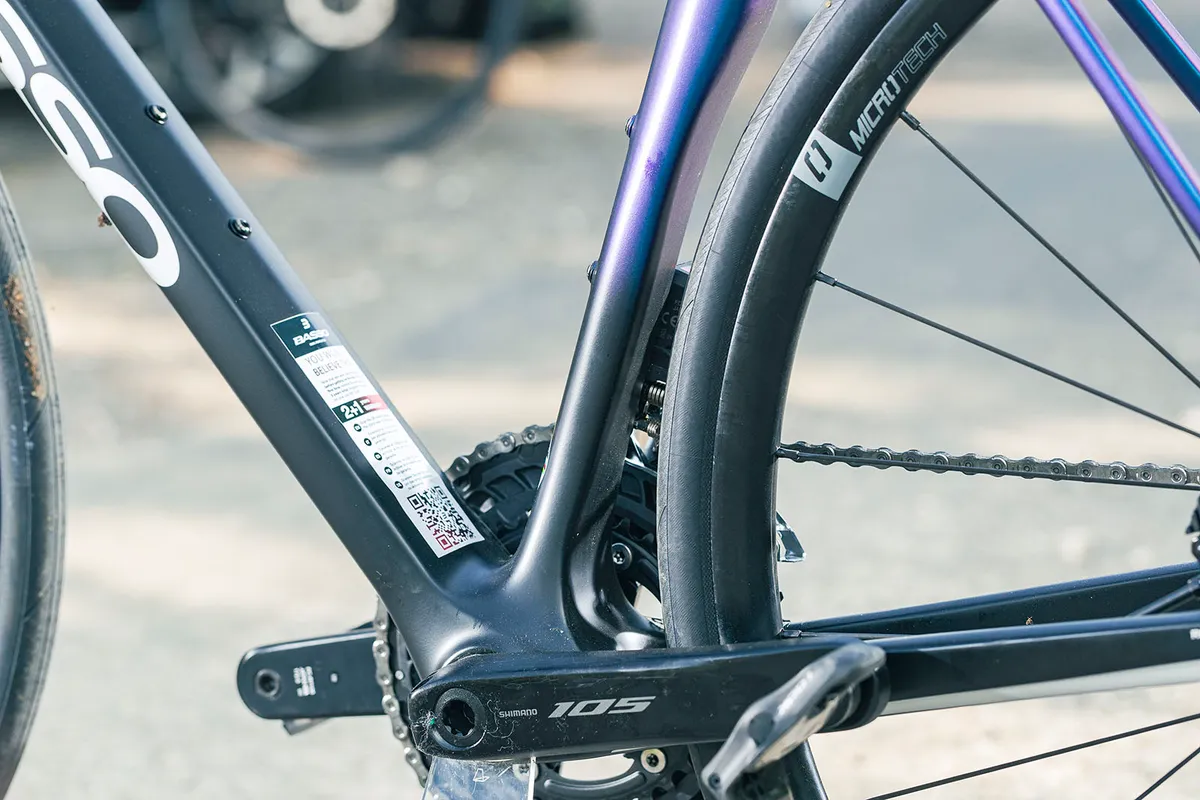
Of course, you could also opt for tubeless tyres – the hooked rims are tubeless-compatible with the installation of tubeless rim tape and valves.
The cockpit features Basso’s two-piece Paradigma layout with full internal routing, with a 120mm stem and 420mm wide bars (centre-to-centre).
All in, my test bike weighed 8.97kg.
Basso Astra 105 Di2 ride impressions
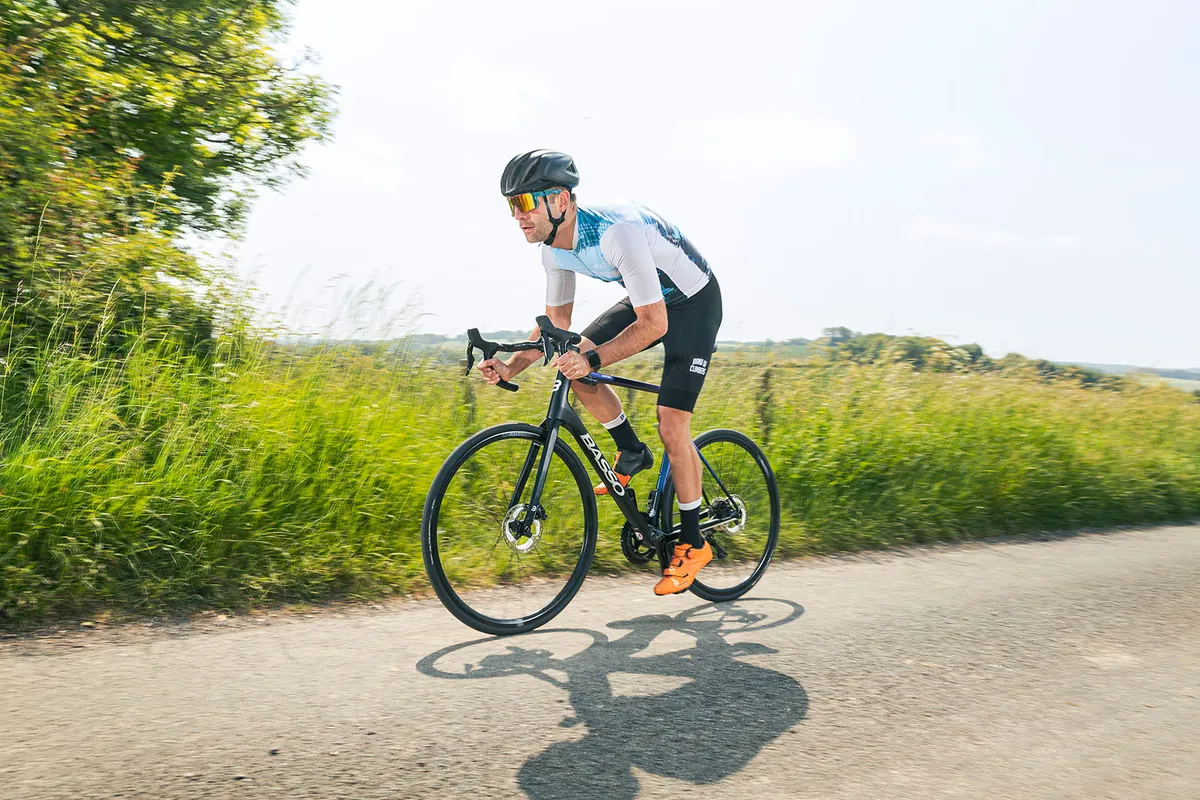
The Basso Astra rides like a race bike that's been made somewhat easy-going.
It achieves this primarily through its tall stack height, which raises the bar and (effectively) brings the contact points a little closer to the rider, while keeping the frame firm and almost race-bike like in its stiffness.
Pedal hard, and the Astra reacts with almost the same verve as the Diamante, which is no mean achievement given that bike’s racy credentials.
Whether you prefer to climb in the saddle or stomp on the pedals, the Astra always feels stiff and efficient.
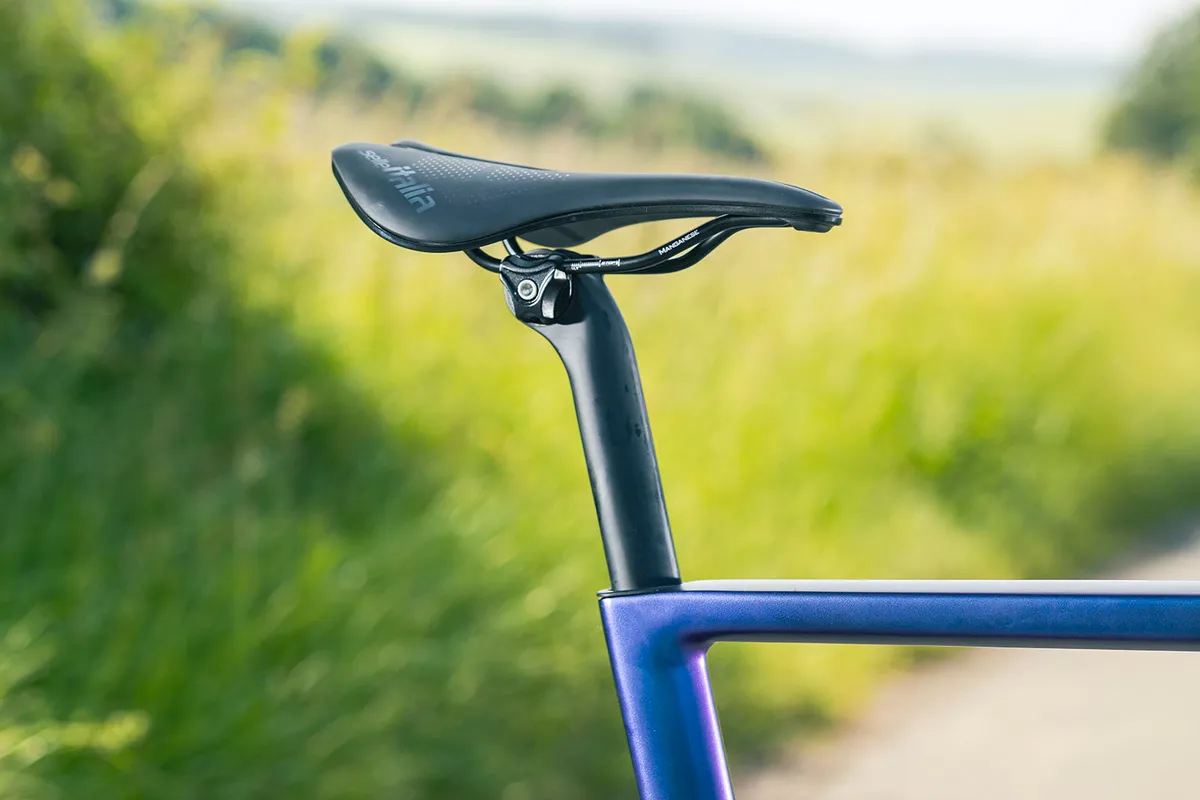
The aerodynamic limitations of shallow rims aside, the Astra is impressively swift on flat sections of well-paved road, and the handling is keen with sharp steering responses.
The tyres are adequately grippy, although an upgrade to a set of the best road bike tyres would improve overall confidence.
Those potential upgrade paths aside, I came away from each test ride with the distinct impression that I could be riding a race bike, aside from the taller head tube and shorter reach.
This somewhat dictates the ride position you adopt – for many, a taller (and closer) front end will ease pressure in key areas (such as the back, hands, arms and neck) relative to a lower-slung position, and make for a less fatiguing ride. It’s chapter one of the endurance road bike design handbook.
It's similar to the approach taken by the Wilier Granturismo SLR, which also combines keen angles with more stack than a race bike. However, there’s no obvious ride-smoothing tech like Wilier’s 3D-printed elastomer insert here, which brings positives and negatives.
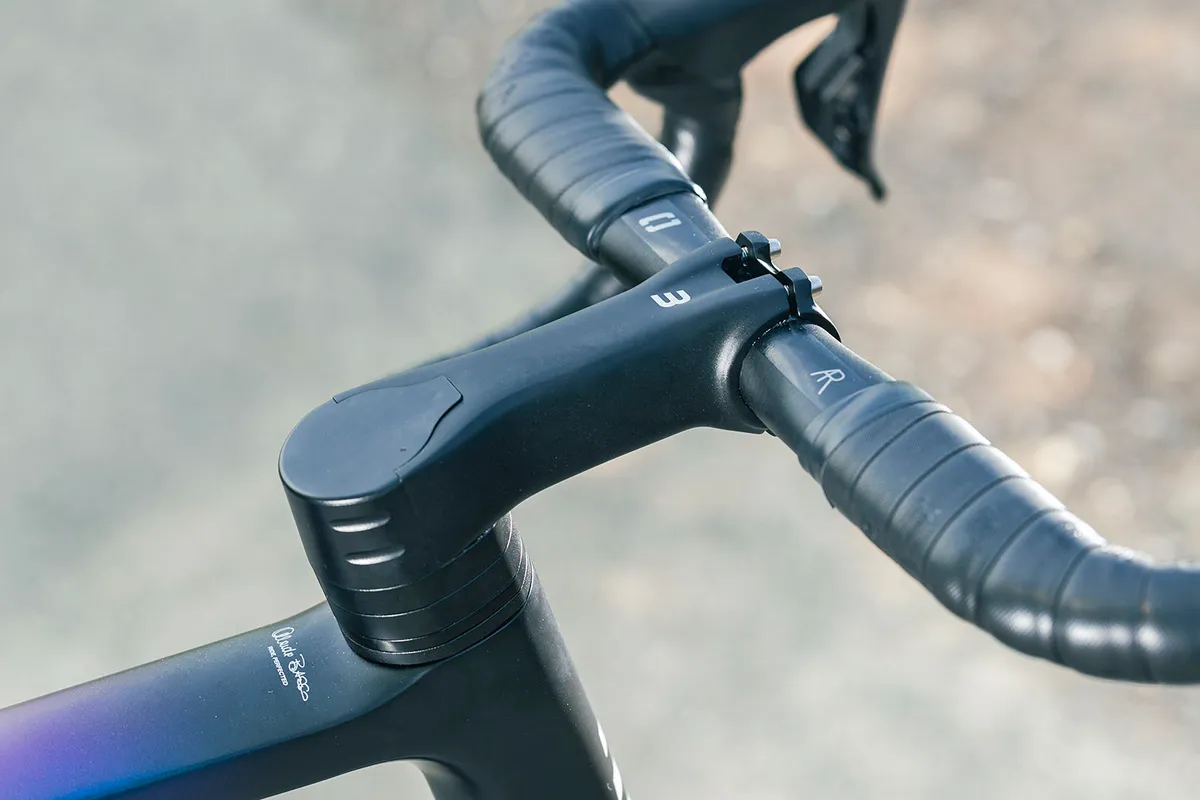
The obvious downside is a slight lack of compliance.
The otherwise very good narrow alloy wheelset arguably doesn’t offer the best platform for tyres in the region of 28-32c nominal width. You need to run slightly higher tyre pressures to avoid squirming in corners compared to wider rims.
Combined with the stiff frame, this leaves the Astra feeling quite rigid on pimply tarmac.
A wheel upgrade – Microtech’s RE38 carbon wheelset, as specced on the Ultegra Di2 version of this bike, has impressed me previously, for example – with some fatter, perhaps tubeless tyres would work wonders here, albeit at a cost.
The upside is taut, responsive and largely easy-to-predict handling with no shortage of responsiveness.
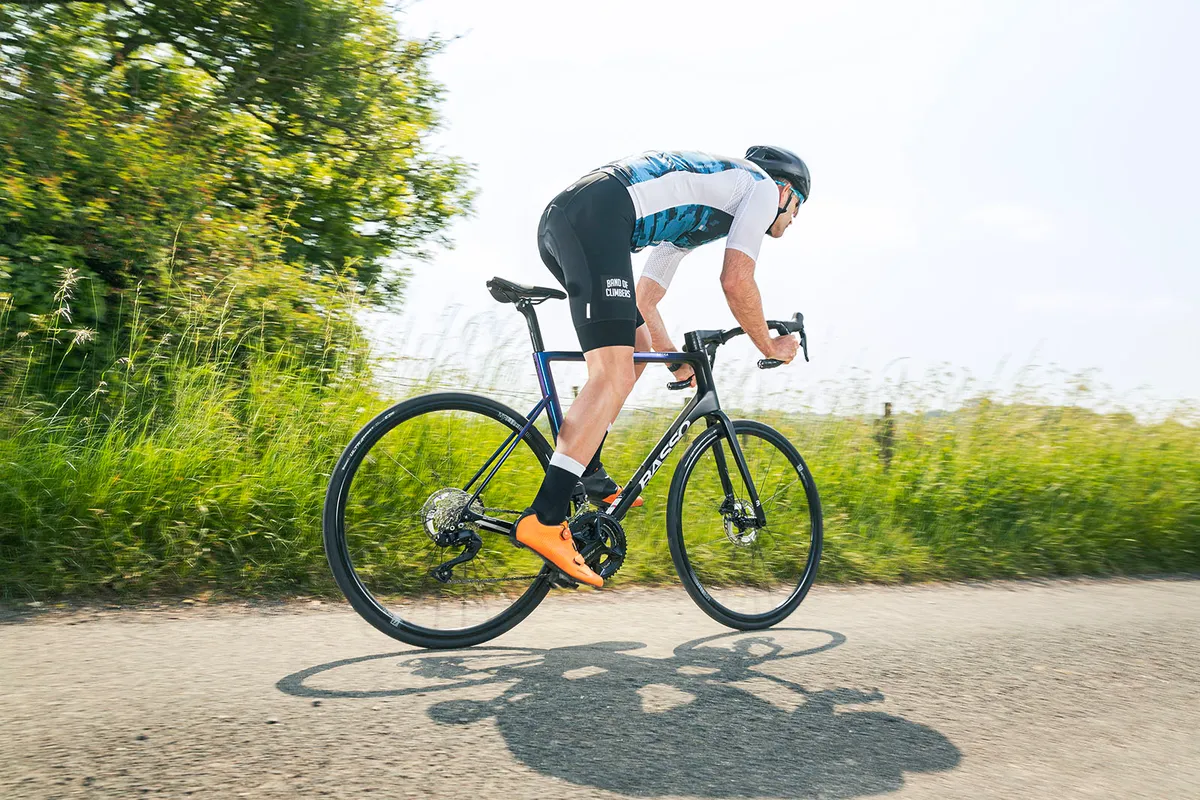
The 42cm-wide bars splayed my arms out a little wider than I’m used to and slowed the steering feel a little for my personal taste. However, it’s a compelling combination for those who want sharp reactions when they’re pushing hard, but the handling ease the wider bars offer.
The bar shape is well-considered too. The oval-profiled tops offered a comfortable spot to place my reasonably large hands when climbing, and the drops aren’t as compact as many contemporary bars.
Although it won’t be to all tastes, it provides a stark difference to your position when you ride in the drops for a short period – a potential boon for those who like to get low and aero for stints, but prefer to return to the solace of a relaxed hood height.
Basso Astra 105 Di2 bottom line
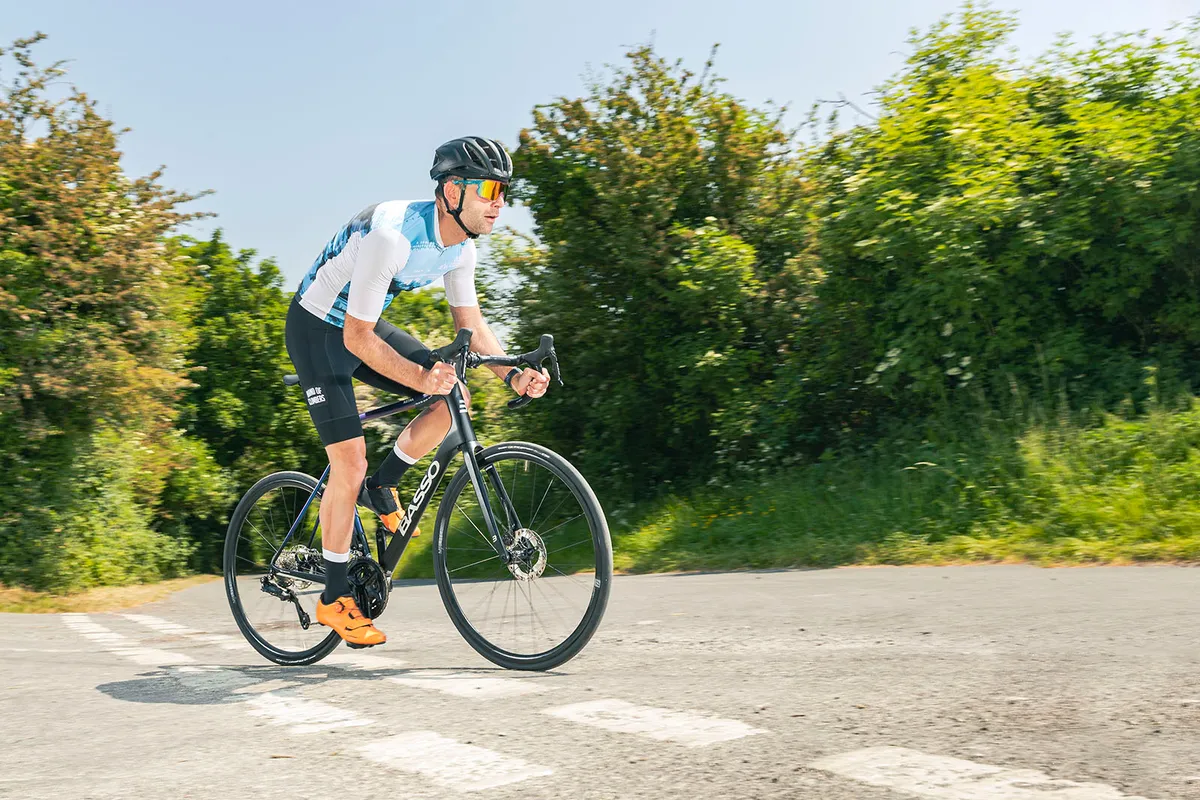
Although the geometry has been relaxed slightly and tyre clearance widened compared to its predecessor in order to give the bike some light-gravel credentials, the Astra remains steadfastly road-oriented.
The handling and overall behaviour is sharp and tactile, and the ride is very involving – almost race-bike like. The ride position will be accessible to a good range of riders, while the experience hasn’t been sanitised by an overly compliant frame.
Although it would bear wheel and tyre upgrades well, the Astra 105 Di2 is a well-appointed, well thought-out endurance road bike.
Product
| Brand | Basso |
| Price | £3799.00 |
| Weight | 8.97kg |
Features
| Fork | Basso Astra carbon |
| Stem | Basso Paradigma, aluminium |
| Chain | Shimano 105 12-speed |
| Frame | Basso Astra carbon |
| Tyres | Continental Ultra Sport, 700x28c |
| Brakes | Shimano 105 R7120 hydraulic disc |
| Cranks | Shimano 105 R7100, 50/34 |
| Saddle | Selle Italia Flite Boost SF |
| Wheels | Microtech MR Lite alloy wheelset |
| Shifter | Shimano 105 Di2 R7100 |
| Cassette | Shimano 105 R7100, 12-speed, 11-32t |
| Seatpost | Basso carbon (15mm setback) |
| Handlebar | Microtech XL aluminium |
| Bottom bracket | BB86 press-fit |
| Available sizes | 45, 48, 51, 53, 56, 58, 61cm |
| Rear derailleur | Shimano 105 Di2 R7100 |
| Front derailleur | Shimano 105 Di2 R7100 |
